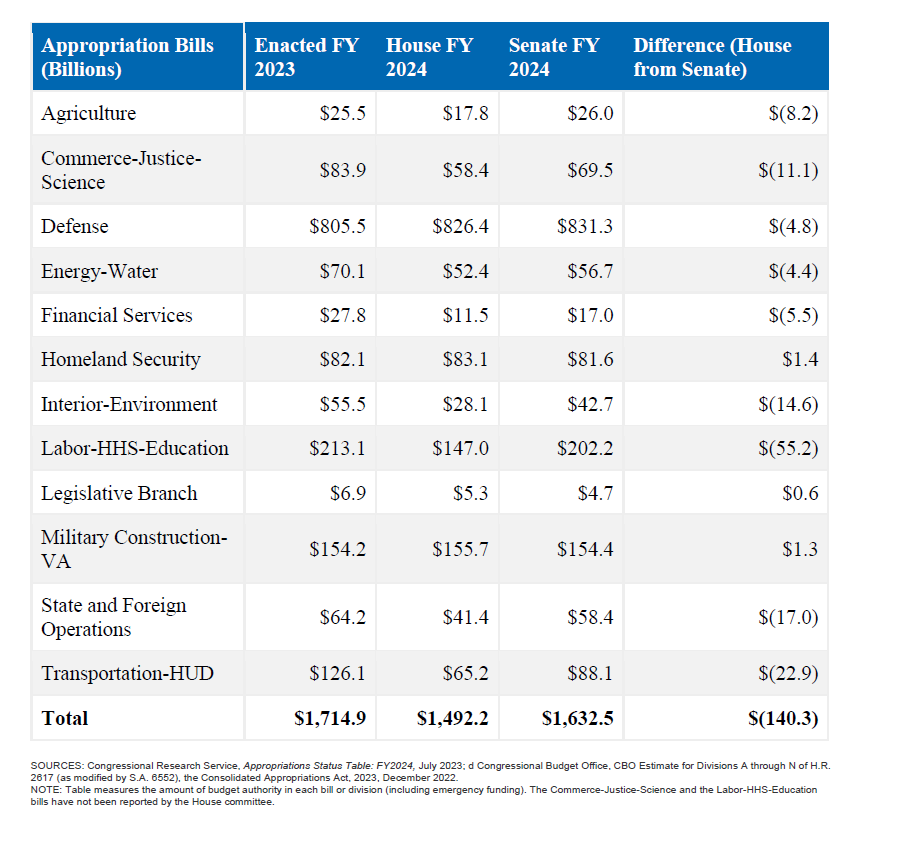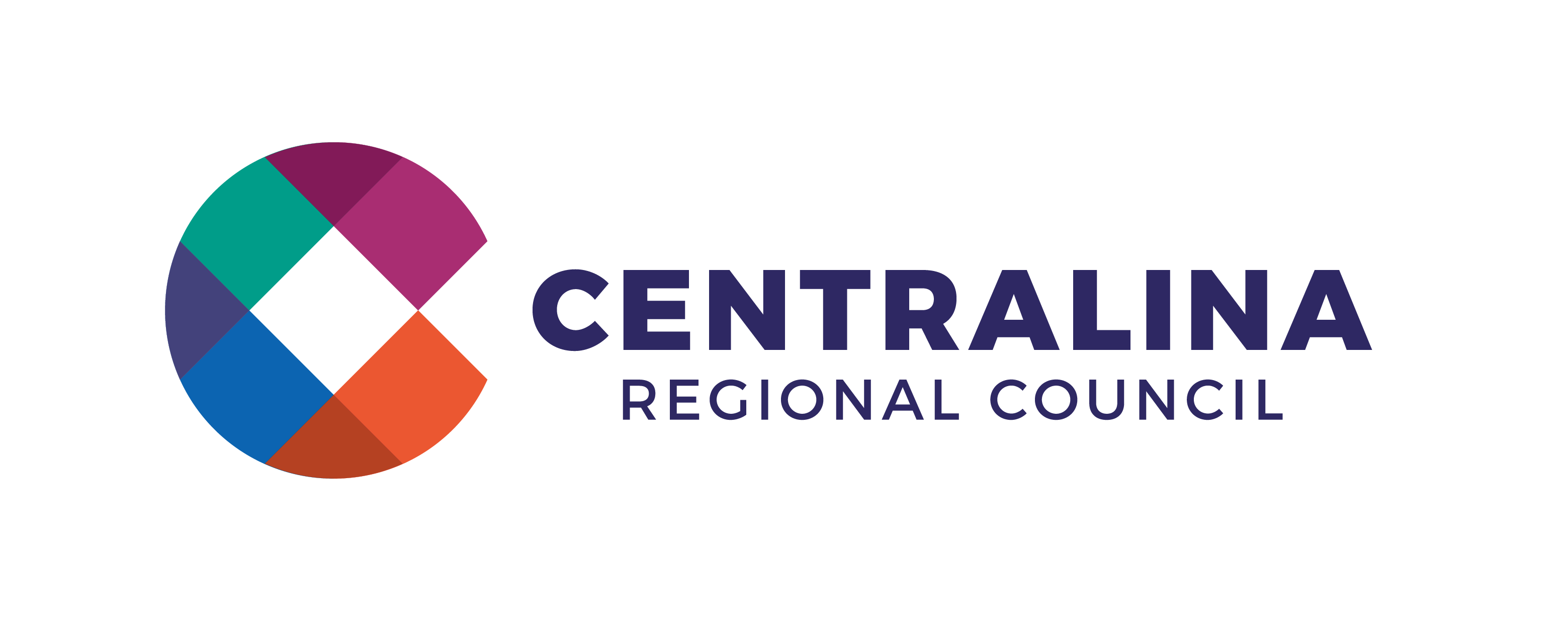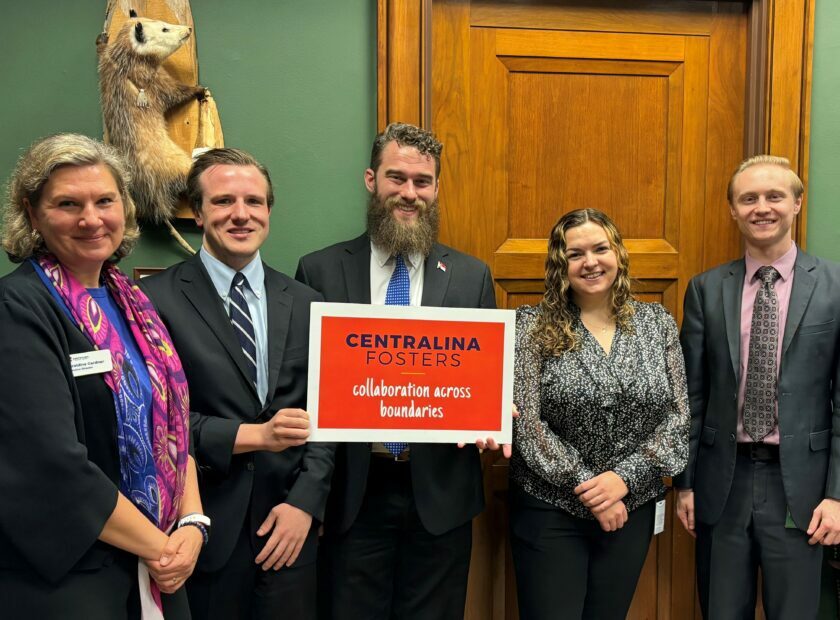Shutdown Averted: What Happens Next?
On September 30, the United States House and Senate passed a Continuing Resolution (CR) that the President signed to fund the government at FY23 levels until November 17, 2023. The legislation provides $16 billion in disaster-relief funding, but no aid for Ukraine. The bill also reauthorized the Federal Aviation Administration through December 31, 2023, and contained several other miscellaneous provisions.
The CR gave Congress 45 days to pass the 12 appropriation bills that fund the government or to pass another CR. Some of that time on the House side has been consumed by the ouster of the speaker and debates about his replacement.
Since the House and Senate Committees draft and pass separate versions of appropriations bills, the differences between their respective versions will need to be worked out before the bills can be sent to the President for approval. This year, the Senate appropriations bills total $140 billion more than the House versions. More than one-third of that difference ($55.2 billion) is contained in the Labor, Health and Human Services and Education bill.
Both chambers appropriated at lower than FY23 levels for most bills, due to spending limits contained in the Fiscal Responsibility Act (the debt ceiling deal). However, both chambers appropriated more in their Defense and Military Construction bills. The House also appropriated additional funds in its Homeland Security bill and the Senate did the same in its Agriculture bill. See chart below for details.
In addition to working out the total amounts to be spent, the House and Senate will also have to agree upon how they will handle the differences between community project funding in the House and congressionally directed spending in the Senate. The Senate versions of the Labor, Health and Human Services, Education Appropriations, Financial Services Appropriations and Defense Appropriations bills contain projects whereas the House versions do not.
At this point, the differences are significant, and much work remains to be done. If Congress does not pass all the appropriations bills, it will need to pass another CR to avoid a full or partial shutdown. In the past, some CRs have extended into the following the year. However, if Congress does not complete appropriations work by January 1, 2024, the across-the-board automatic one percent spending cuts agreed upon in the debt ceiling deal will go into effect.

State Enacts Long Awaited Budget
After months of negotiations within the General Assembly, North Carolina has a budget for the 2023-2025 biennium. The budget includes new and expanded funding opportunities for local governments, including:
- Great Trails State Program – This new program allocates $25 million in non-recurring funding for new trail and existing trail extension projects.
- Complete the Trails Fund – An additional $5 million has been added to this fund to support the development of trails that will connect communities to state trails.
- Regional Economic Development Reserve – This new fund received an allocation of $1.25 billion in nonrecurring funds for economic development projects.
- Golden LEAF – The budget increases the state’s annual allocation to this economic development funder from $17 million to $25 million.
Centralina will continue to track these and other funding opportunities and share additional information with our members as it becomes available.


